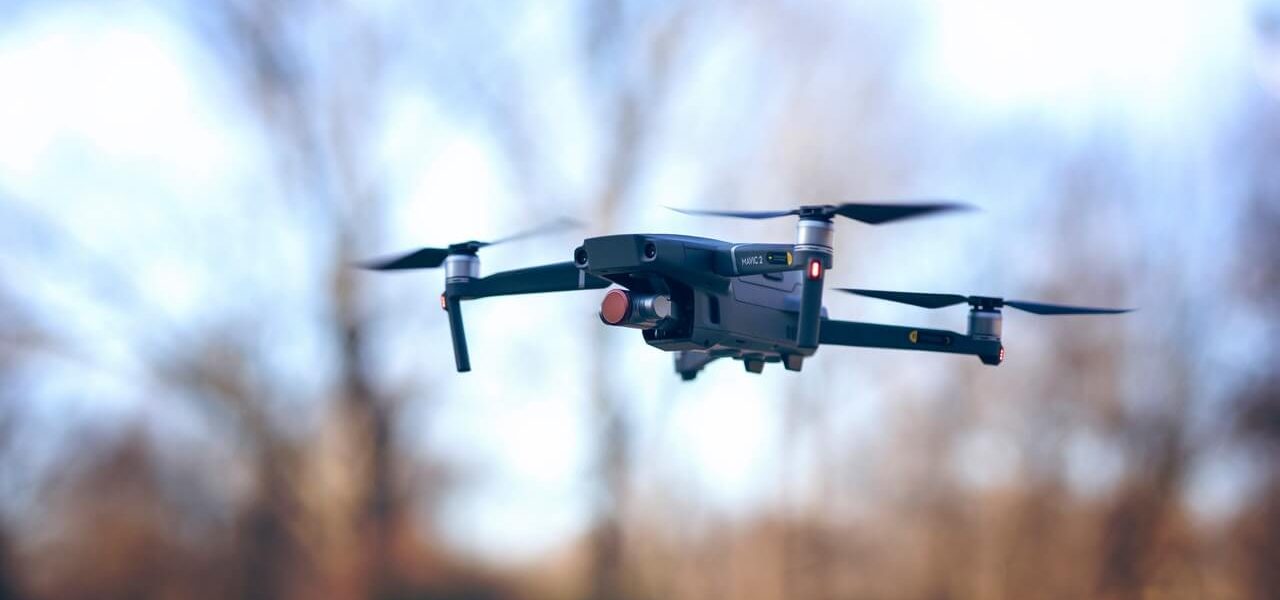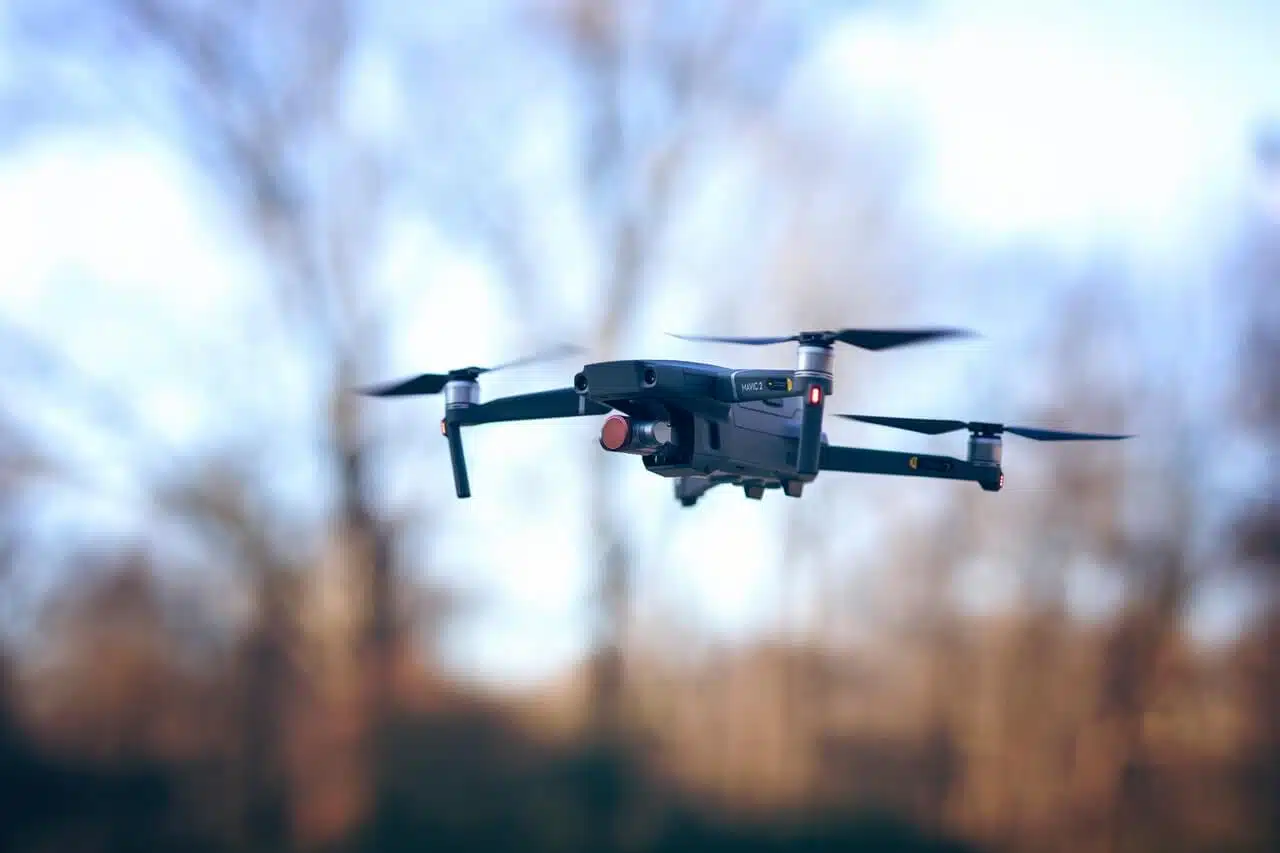A new form of training within a simulated environment may just revolutionize how we use drones in the real world, essentially improving robotics technology by enabling machines to learn virtually.
A team from the Robotics and Perception Group of the University of Zurich successfully trained a drone through a virtual obstacle course where it had to fly around obstacles at 40kph / 25kph. This was noted to be thrice as fast as the world’s leading piloting software.
The team’s findings from the project were featured in the paper “Learning High-speed Flight in the Wild” which was published in the November 2021 issue of Science Robotics.
The Zurich robotics team created a virtual world where the learning AI flying the drone is paired with a system containing privileged information – essentially a highly-detailed knowledge of all obstacles scattered throughout the course along with the drone’s exact position and speed. This information would not ordinarily be known in the real world.
According to Robotics and Perception Group director Davide Scaramuzza, this framework is a somewhat unusual and self-contained approach. Here, the machine-learning AI is “apprenticed” to an omniscient master within the simulation and learns to imitate the master’s techniques. Indeed, Scaramuzza has compared this scenario with the sparring simulation shown in The Matrix, though the learner is an AI rather than a human subject.
As a result, the system plots the best possible route around the scattered obstacles. For its part, the machine learning system will generate a large number of potential routes. As the flight progresses, the AI learns which route is best and updates its neural network correspondingly.
Prior to the most recent development, the team demonstrated an autonomous drone that easily beat human pilots on a racecourse by way of state-of-the-art path planning aided by external sensors.
Scaramuzza states that it’s the first time an AI was trained within a digitally simulated environment to function in the real world. It may be early days at the moment. Still, such training may eventually be used for training delivery drones, air taxis, and other unmanned craft deployed within an urban area in various weather and lighting conditions. It may prove more cost-effective and much safer in the long run and greatly benefit various industries in the near future.
While this may be applied soon to smaller drones, the technology may eventually be modified to suit a greater range of drone sizes and robotic models in the future.







